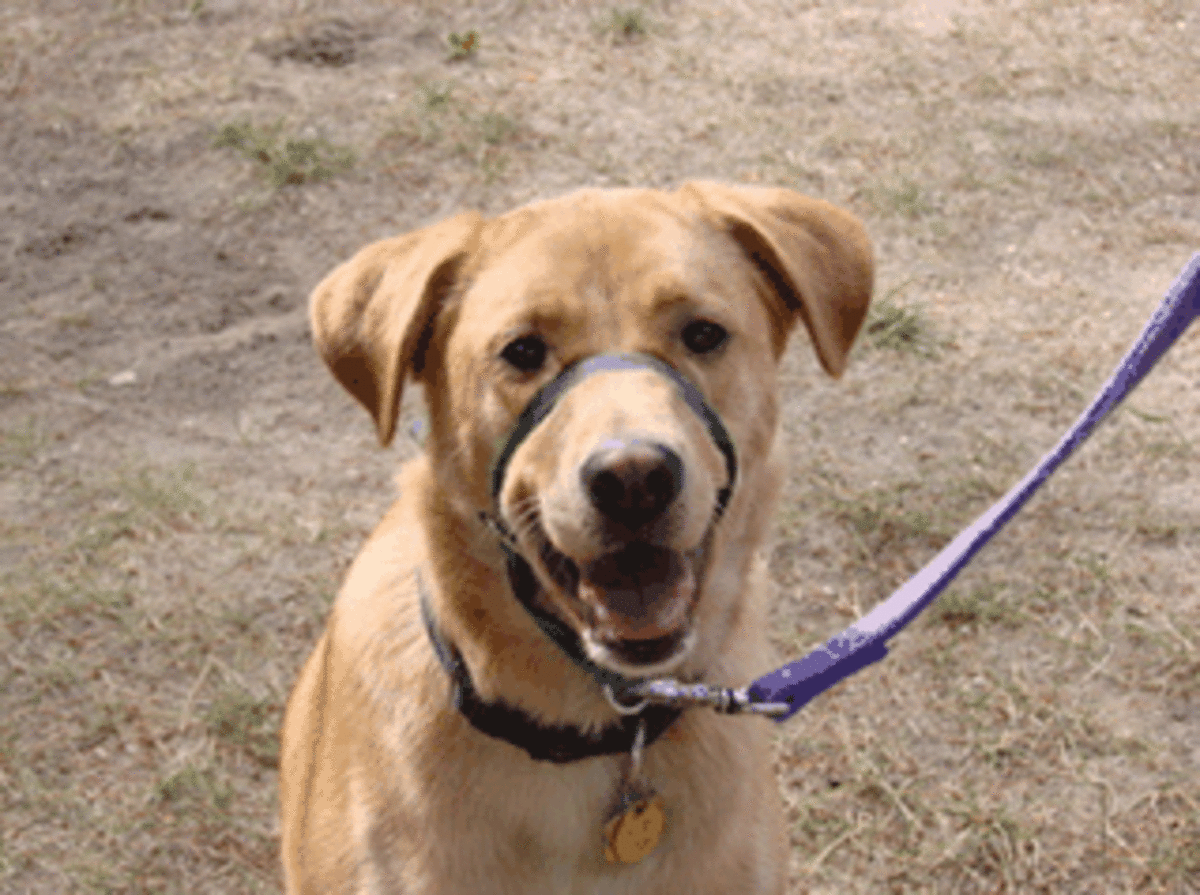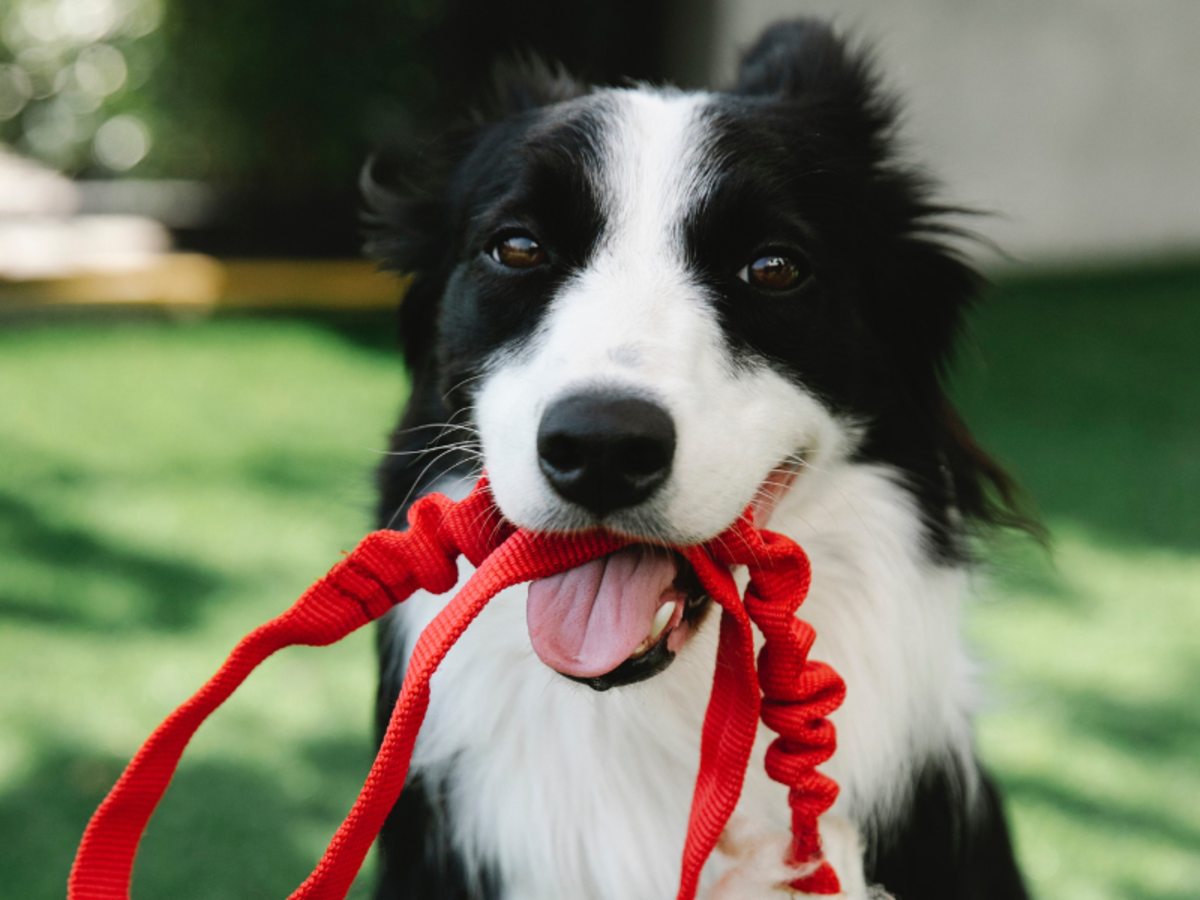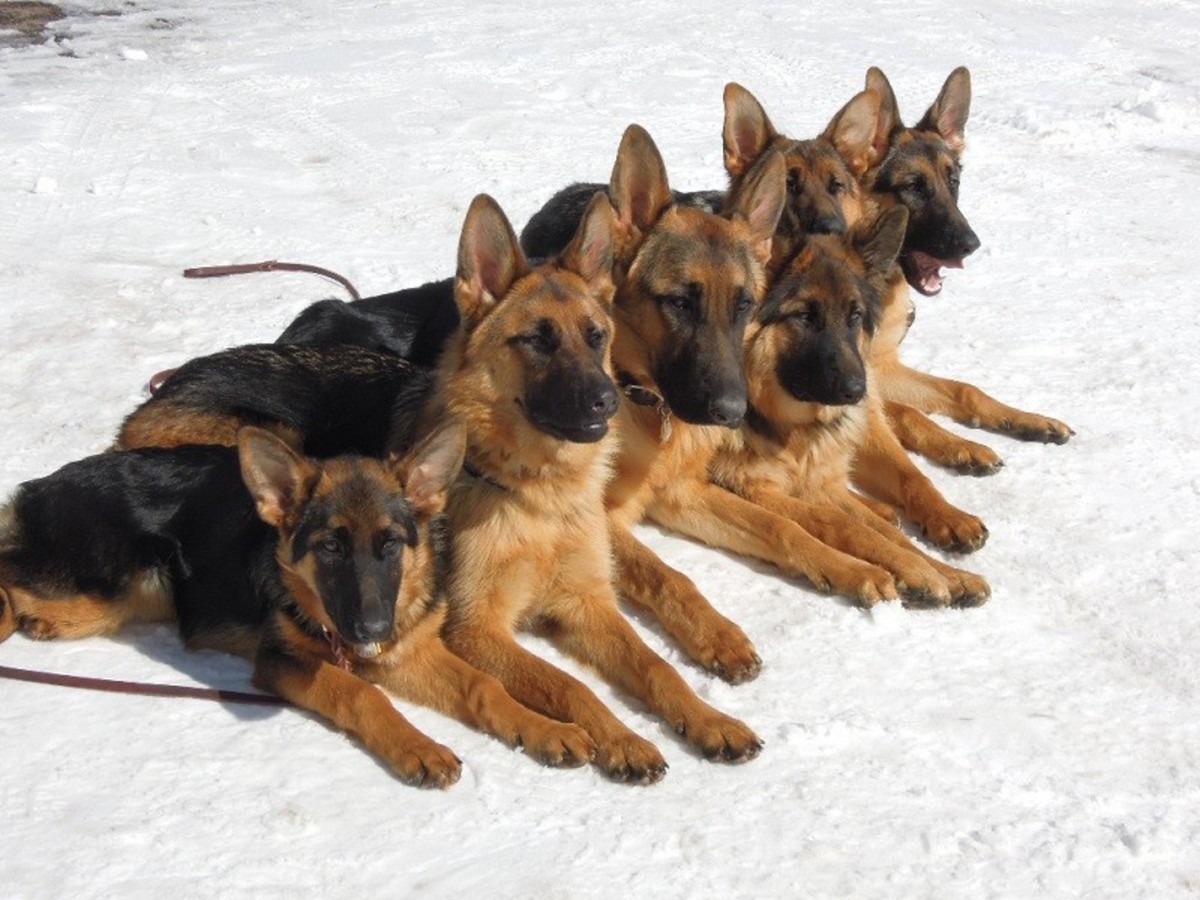How to keep your dog from pulling on leash

A few tips how to prevent your dog from pulling.
If walking on leash with your dog has been difficult daily walks can be a chore. Having your best buddy pull you down the block is tiring and no fun either. It's hardest still when you have an older dog that has always pulled. Training a puppy to walk on leash is simple enough if you follow the right training methods. There is a different approach required for stronger mature dogs who've pulled since pups. Let me share with you my personal and professional experiences with you and with a few simple tips I can teach you the secrets to getting your dog to behave on lead and improve his leash manners considerably.
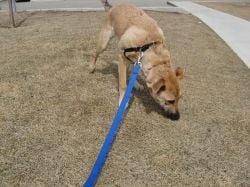
Why does my dog pull
Understanding why a dog pulls on leash
Quite simply there are only 2 reasons why a dog does not keep a loose lead while walking. That's right, just 2. Keep in mind however that there may be a whole list of issues that contribute to these 2 reasons. I'm going to spell out to you the 2 reasons early in this how-to guide so you can keep them in mind while we get into details further into it.
The 2 Reasons your dog pulls.
1. The dog does not respect you as the pack leader and does not care what your desires are. This is pro dog behavior specialist, Cesar Millan's, answer to most people problems with dogs.
2. You have not taught the proper technique. In this case the dog does respect you as the pack leader but just doesn't seem to understand what the problem is.
That is it, there are no other reasons why a dog might pull. Don't feel ripped of. I never said it was complicated did I? But what do you do about it?

Being respected as the pack leader
How to get your dog more obedient.
The main subject of this article is techniques for improving your dog's leash manners. This will be next to impossible if your dog does not respect your wishes so that is the main step. This part is not just a dog training method but more of a people training one. You need to learn how to lead a dog first. The dog wants to follow you but you must be worthy in their eyes to lead them. If you don't have this problem and your dog is generally well behaved then you're almost there. If you know that your dog is out of control in general you'll need to address that first. Getting the dog calm and under control is not the focus of this how-to guide but some of the tips used can help you get control and keep it. If you're looking for a way to raise your pup to be respectful you need to read the "Nothing in Life is Free" program. It's highly recommended.
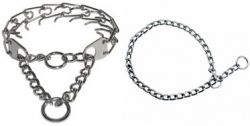
My dog is well behaved but still pulls
We'll look at exactly how to teach dog not to pull
For leash obedience to be at it's height you need the dogs attention. Now this how-to guide is not really about the obedience ring type training. We're mostly taking to people who just want to get a handle on their dog while walking him. Now again, don't get too worked up that this is easier than you had imagined. Dog's really are simple creatures and a simple approach works best.
An all too common problem people create for themselves is they "Anthropomorphize". That's a big word that means they put human thoughts, actions and motivations into non human things. We're all guilty of it. Now dog's do have emotions and feelings with no question. But they're not humans so you can't treat them like they are. You need to speak their language. Do you know what a mother dog does with her pups when they do something she does not like? She bites them. Not hard, but she does let them know, physically, how to behave and how not to. Now, don't start biting your dog. I'm not even sure I would recommend it even if it would work.
The real way is simply make if unpleasant enough for them to pull and have them understand why it's like that or what triggers that. We're talking here about corrections.
Side note
-------------
Now if you're the type of person who has your dog on a harness but can't figure out why they pull maybe this is where you get your aha moment. Lot's of people put their dog on a harness because they don't like how the dog chokes itself with the collar. That's fine, if you don't care if your dog pulls, easy you're done, thanks for reading. If you do care, then my first idea would be to lose the harness and learn how to use a proper training tool rather than a sled dog accessory.
------------
Don't those things I saw on TV work?
is there a quick fix for dog walking on loose lead?
Forget buying gimmick type items. I'll tell you a secret, they don't work lots of the time. Shocked? I thought not. But why do we still buy them? It's because we want an easy fix. Think of those halter type head attachments, but remember, in case you forget, your dog is not a horse.
There are no shortage of products out there to try to "help" with this common problem. The traditional training methods of a choker chain or prong collar (see image inset) are usually the most effective. Just like electronic training collars these tools need to be used correctly and humanely. Any training tool can be abused or misused. It does not make using the tool wrong. However you don't even need one of these if you don't want. They do look more like something from the dungeon than dog training tools. They are surprisingly effective but they must be used right. You need someone to show you correctly. Years ago, when I was a new owner of an energetic young Labrador someone demonstrated the pinch/prong collar for me. No exaggeration, my dog who was a mean puller, stopped pulling right away. Less than 5 minutes she never pulled like that again. After that I was a believer.
The simplest method that I know of without using a special device is the body cinch.
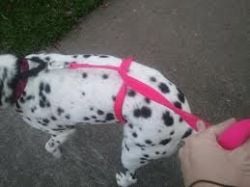
How to do the body cinch?
Will it really keep my dog from pulling while walking?
This method I call the body cinch. It might have other names like the "T-Touch Leash body wrap method" but I call it the body cinch method.
Basically you can use a regular collar and leash just us the leash and wrap it around the dog's waist, tucking it through itself so the end is fed to your hand from near the rear of the dog, just in front of the hips.
Walk as normal but once the dog starts leading ahead and trying to do pulling thing, give that leash a good stiff yank in business-like fashion. If done correctly, the dog will may sit or turn around and look kinda surprised. If the dog is smart he will figure it out pretty fast that pulling is not acceptable. You'll see immediate results as well in just a few quick sessions. It's simple enough and the leash can be undone back to the collar as normal in seconds. If the pulling starts again, another couple of tries with it wrapped back around the waist can remind him of the lesson. Dogs usually need lots of re-enforcement to undo bad habits learned over a long period.
More Dog related Articles
Get more info on how to handle your dog from Puppies Unleashed - the Dog Sitting and Dog Walking specialists.


